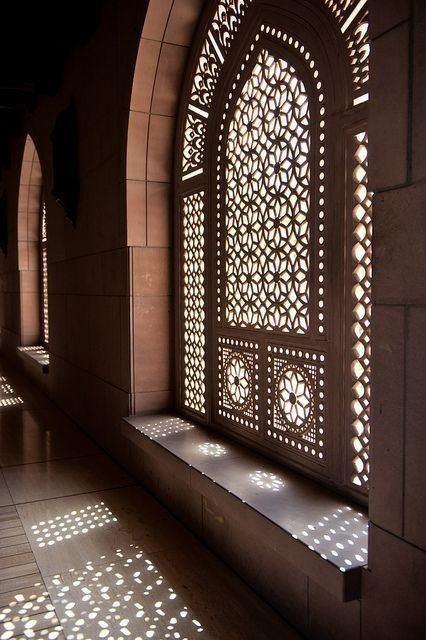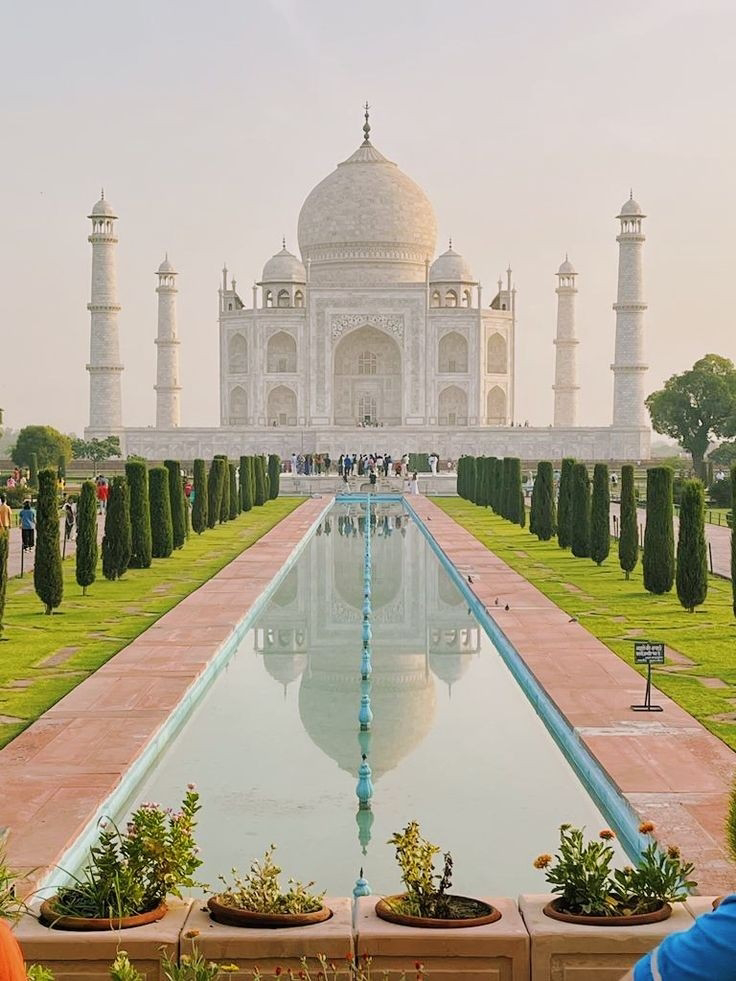THE ISLAMIC INFLUENCE ON INDIAN ART AND ARCHITECTURE
When I first visited the Taj Mahal I was a little kid. But the impeccable Jaali works and the arabesque designs on the white marble are still etched on my mind. Little did I know that the Jaali works and the arabesque designs, the geometric patterns, and the calligraphy of non-living things that seem so awe-inspiring to us, are actually an influence of a religion’s very own style of art and architecture. It has religious implications too. For example, since Islam doesn’t endorse idol worship, the designs on Islamic structures lack human or animal figurines, they are mostly dominated by calligraphy ( so popular now in design fonts, illustrations, and Instagram reels, it was actually a discovery of the Persian/Islamic world and brought to India with the Islamic rulers), Arabesque designs which are nothing but vegetal designs of continuous stems, all connected at a same point bearing flowers, and geometric designs ( geometry was an invention of the Arab world, so we can expect the best of it).
India has a confluence of culture, very much evident through its art and architecture. The confluence has a striking religious influence too. Admirers of art and architecture can study the confluence and its elements by studying the different features. In this article, I would discuss the Islamic features because the age of the Islamic rulers was long and prosperous, and full of glory, creation, and cultural contribution to the pool that we already had. As mentioned above, Islamic structures lacked human figurines. If you visit Konark or Khajuraho temples you would see those structures piled with beautiful statues and sculptures of human and animal figurines. But that is a story for another day. Islamic artists brought in their own style, through geometric patterns, vegetal designs, and calligraphy. It has a spiritual aspect too. It extends art to the realm of spirituality, surpassing all things material and mortal, dwelling on subjects and designs that are abstract and inert and closer to the spiritual domain of the human mind. It extends the flexibility to take any form.
The story of jaali is even more beautiful. The little connected holes that we get to see in structures like Islamic mosques, mausoleums, and also in secular structures allow a quantum of light inside those structures. According to Abrahamic religions like Islam, god’s first creation was light and light always plays a huge role in the religion. The presence of Jaali regulates the entry of light and wind and not only serves the purpose of intricate beauty but also satisfies the religious influence on art and architecture.
In most Islamic structures, there is a water body like a fountain at the center of the yard. That is present as a representation of holiness, for the purpose of purity of an Islamic soul. And another feature of Islamic structures is Charbagh, that is, dividing a square garden into four parts. While the Minars and dome-shaped arches are very popular Islamic features, another very important feature is the use of pietra dura, or the practice of embedding precious gems in the structures.
During the Sultanate, we have seen the creation of great mosques and minars, including the Qutb Minar. During the Mughal rule, especially during Akbar’s reign, there was a great splurge of artistic creations including the city of Fatehpur Sikri and its innumerable architectural wonders and the Agra fort. Jahangir was also an accomplished painter and so was his wife, Nur Jahan. Shah Jahan’s creation is world famous and acclaimed, the magnificent Taj, the pride of India.
Painting during Islamic rule mostly revolved around miniature paintings that did not contain religious figurines and themes but mostly the glorious achievements of rulers and pieces from their life. The paintings had excellent line work, mostly did not have any depth, and had small features. The paintings were very much cut from reality but represented the artistic influence of Islamic rule.
India, as I have always believed, is a beautiful mixture of different cultures, religions, and most importantly different schools of art that are heavily influenced by different cultures and religions. It is our job to conserve that culture and learn about our past, in order to keep all our artistic treasures intact in the spirit of harmony and brotherhood.
- Ushasi Bandyopadhyay







Comments
Post a Comment